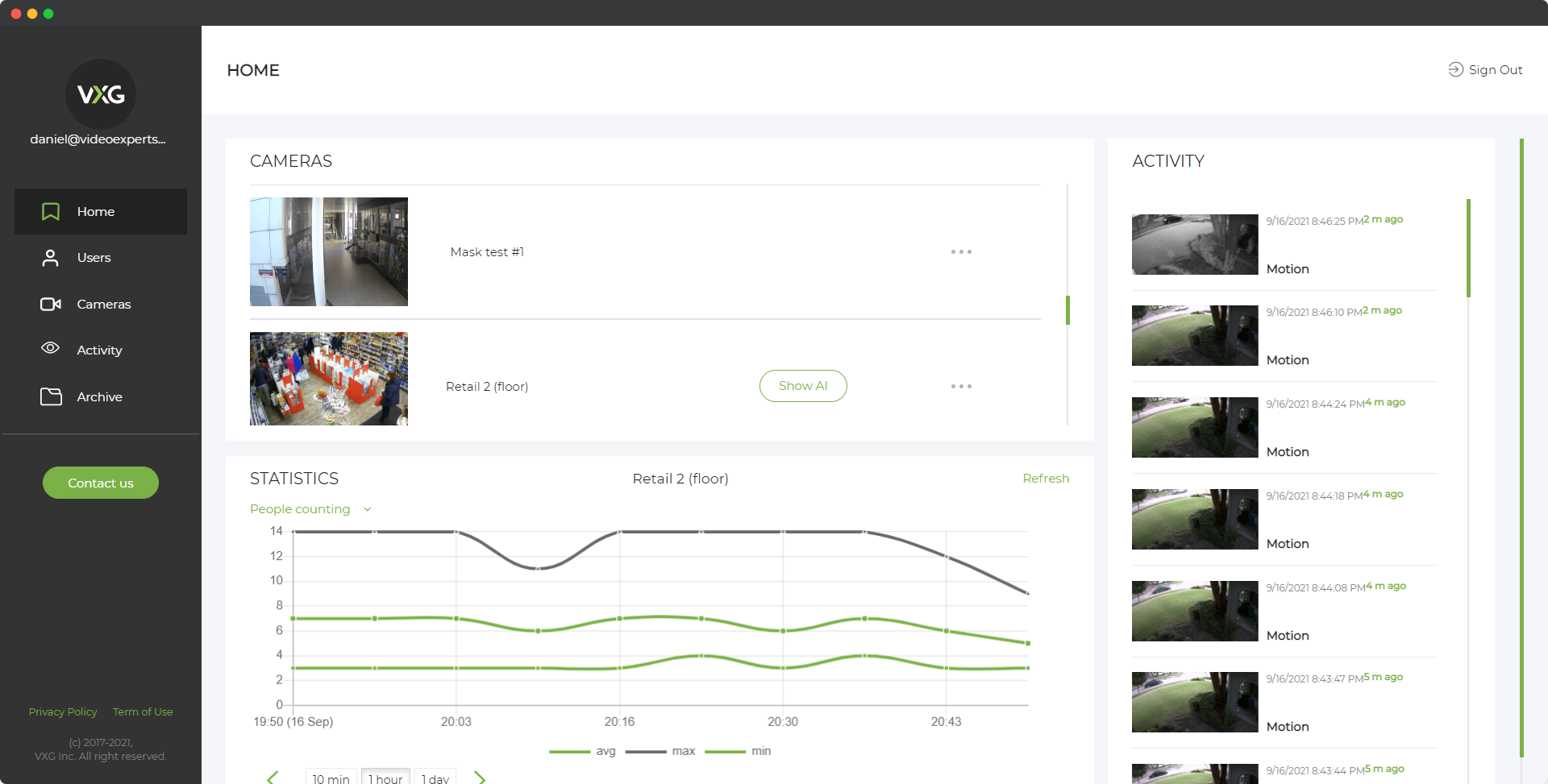A Digital Video Recorder (DVR) is an essential component in the realm of Closed-Circuit Television (CCTV) systems. This article will explain what DVR stands for and its role in CCTV systems, using simple language for easy understanding.
What is DVR?
DVR stands for Digital Video Recorder. It is a device that records video in a digital format to a disk drive, USB flash drive, SD memory card, SSD, or other mass storage devices.
Role of DVR in CCTV Systems
CCTV systems are used for surveillance and security purposes, capturing video footage to monitor activities in various environments such as homes, businesses, and public spaces. The DVR plays a crucial role in these systems by managing the video data captured by the cameras.
How Does a DVR Work?
- Video Input: The DVR receives the video feed from multiple CCTV cameras. These cameras are connected to the DVR through coaxial cables or other connections.
- Video Encoding: Once the video feed is received, the DVR encodes it into a digital format. This process involves compressing the video data to save storage space while maintaining video quality.
- Storage: The encoded video is then stored on a hard drive or other storage media inside the DVR. Depending on the capacity of the storage, a DVR can hold days, weeks, or even months of video footage.
- Playback: Users can access the recorded footage by playing it back on a monitor connected to the DVR. Most DVRs allow users to search for specific dates and times, making it easy to find and review past events.
- Remote Access: Modern DVRs often come with network connectivity, allowing users to access live or recorded footage remotely via the internet. This feature is particularly useful for monitoring premises from a distance.
Types of DVRs
There are different types of DVRs available for CCTV systems, each catering to specific needs:
- Standalone DVRs: These are dedicated devices solely used for recording video footage from CCTV cameras. They are easy to set up and use.
- PC-based DVRs: These use a computer with special software and hardware to function as a DVR. They offer more flexibility and can be upgraded as needed.
- Hybrid DVRs: These devices can handle both analog and digital video feeds, making them suitable for systems that use a mix of old and new camera technologies.
Advantages of Using DVRs in CCTV Systems
- Enhanced Storage: Digital storage is more reliable and can hold more footage compared to traditional analog methods.
- Better Video Quality: DVRs can record high-resolution video, providing clearer images for better surveillance.
- Ease of Access: With features like remote access and playback, users can easily manage and review recorded footage.
- Efficient Data Management: The digital format allows for better organization, retrieval, and backup of video data.
A DVR is a vital component in modern CCTV systems, transforming how video footage is recorded, stored, and accessed. By understanding the full form and functionality of DVRs, users can make informed decisions about their surveillance needs, ensuring effective and efficient security monitoring.
















